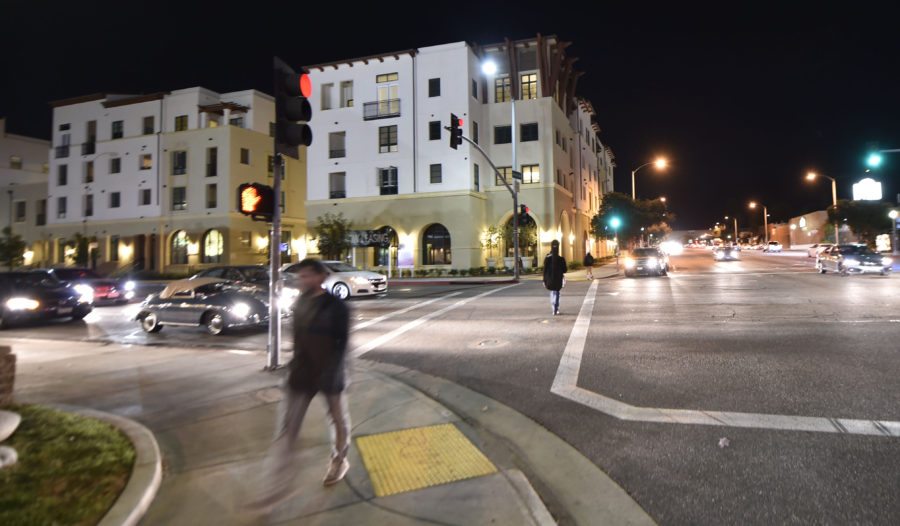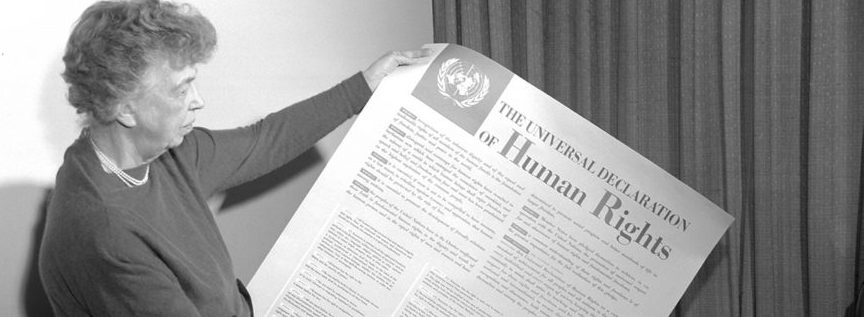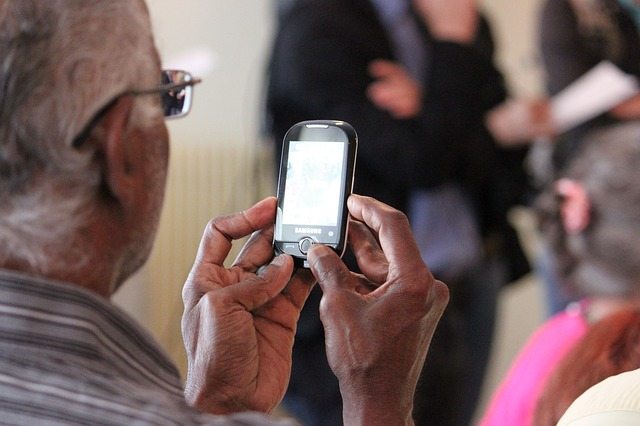
By Gus Herrera
At their latest meeting, the Pasadena City Council shifted focus from their constituents to the city itself – approving a variety of projects that will seek to improve infrastructure and reduce traffic congestion.
After experiencing a brief 20-minute delay, the evening swiftly proceeded and council seemingly made up for lost time, approving the entire consent calendar via a sweep motion.
The first project approved on the night’s agenda will attempt to rehabilitate over 18,500 lineal feet of the city’s sewer pipes – a much-needed task considering 60 percent of the city’s 1.8 million feet of sewage lines are over 70 years old, according to city staff’s report.
The city will attempt to salvage some more life out of these aged pipelines, many of which are old enough to order a senior breakfast, by a re-lining process that seals any existing cracks or root intrusions.
According to staff, if successful, this re-lining process can potentially “extend the life of a pipe by up to 50 years.” The city also preferred re-lining to replacement because it is a “trenchless technology” that will not require any substantial construction and unwanted disruption on city streets.
The sewer rehabilitation project is anticipated to begin in January 2018 and be completed by June.
Next, council shifted their gaze from the subterranean, to above ground, approving $289,335 worth of new street lighting for various sites of new development throughout the city.
It only takes five minutes’ worth of driving through Pasadena to notice that the skyline is rising – major projects have been approved at a rapid pace over the past couple of years and, if there’s one positive thing that the average citizen can take away from all the development, it’s that some sidewalks will now be better lit.
The street lighting project is expected to begin in March 2018 and conclude in July.
Finally, council approved two items that will help combat the one word Pasadenans are growing to hate most: traffic.
The city’s traffic woes, which were at first limited to the 210 Freeway, have now disseminated to the street level – many of the city’s major arteries have now been clogged with as much gridlock as highways.
In response, council authorized the receipt of $1.157 million worth of grant funding to implement the Pasadena Transit, Transit Signal Priority Project – an idea that has been in the works since 2013.
The project will upgrade 29 of the city’s buses and 42 intersections with intelligent transit signal technology. In other words, newly-installed equipment will allow street signals to prioritize the Metro Rapid Bus and Foothill Transit systems along routes with highest ridership.
The project will be implemented along the busiest portions of the following corridors: Lake Avenue, California Boulevard, Arroyo Parkway, Raymond Avenue, and Foothill Boulevard.
A second traffic-related item approved by council will attempt to make the city’s traffic control network a whole lot smarter.
The Adaptive Traffic Control (ATC) Network project will equip a number of traffic signals along the city’s busiest corridors with intelligent technology capable of monitoring real-time traffic flow and making subsequent “micro-adjustments in signal timing based on calculated analytics from past and present vehicular patterns and the corresponding performance of the corridor.”
The ATC technology has already been successfully implemented along Fair Oaks Avenue, between Walnut and Glenarm Streets, one of the city’s most frustrating chokepoints. According to research cited in city staff’s report, ATC has resulted in “less overall delay and more uniform operating speeds along the corridor.”
With council’s approval, the city will now attempt to “replicate the benefits” by expanding operations to the following, oft-congested corridors: California Boulevard, Del Mar Boulevard, Arroyo Parkway, and Foothill Boulevard.
In addition to relieving traffic along these specific stretches, city staff hopes to combine the various ATC systems into an over-arching, city-wide network, capable of managing traffic throughout all of Pasadena, especially during special events with high attendance.
According to the staff reports, both traffic mitigation projects are expected to be completed by the end of FY2021.





